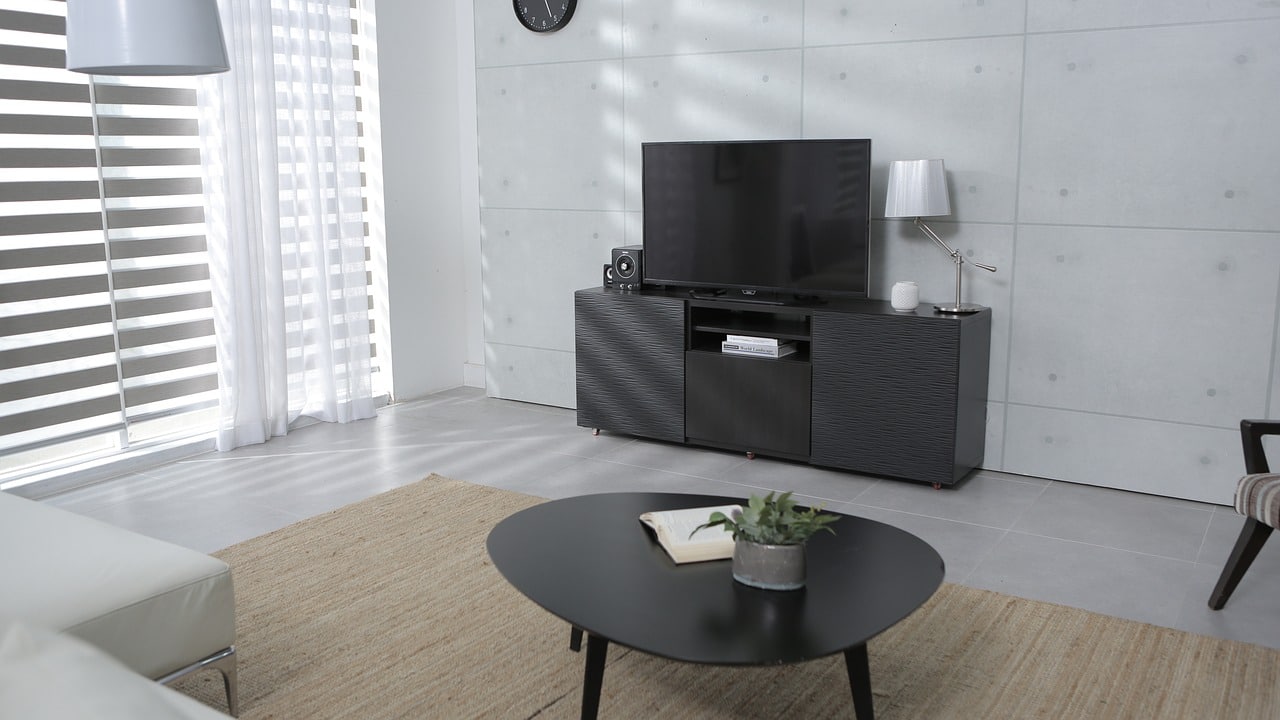Toppling Televisions: A Danger Hidden in Plain Sight
Often, the most dangerous things around us stay hidden in plain sight. Because they’re part of our normal routines, we take for granted how hazardous they really are. When we get into our cars, for example, we run the risk that we will be involved in a crash — no matter how safely we drive or how well we maintain our vehicle.
Recent research also suggests that another significant danger (especially to children) is much closer to us than we realize: toppling televisions.
In recent years, TVs have become much larger and much cheaper, resulting in widespread availability. In fact, 99% of American homes have a television. Furthermore, because larger and larger TVs are becoming more affordable and integrate with many other technologies, they are becoming even more prevalent in a wide variety of settings, from the office to the grocery store.
Unfortunately, these televisions are a hazard if they are not installed properly and affixed to an appropriate base, and sometimes even when they are assembled as directed. An article in the Journal of Neurosurgery: Pediatrics provides an alarming calculation of the force involved when a TV falls: “a typical 36-inch-wide TV falling just 1 m[eter] creates the momentum equivalent to a 1-year-old child weighing 10 kg falling from 10 stories,” the authors concluded.
Since many televisions are mounted or placed higher than a single meter (three feet) off the ground, it’s easy to see why they could pose a real danger — especially to children.
The Danger of Toppling TVs in the United States
Toppling TVs are ranked among the top 5 hidden hazards in the home, and the problem continues to grow. They were responsible for over 16,500 injuries between 2006 and 2008, according to the authors of the Journal of Neurosurgery study, and that figure rose to 19,200 between 2008 and 2010. The number of injures has continued to rise since then.
The vast majority (77%) of the injuries to children go unobserved by adult caregivers at the time of the incident. The event that most commonly led to an injury, the study authors reported, was a child climbing up to reach the television or an object on the TV. Other common incidents that caused injuries involved the child pulling the television onto themselves or bumping into the TV stand and causing the television to fall.
According to the authors of the study in the Journal of Neurosurgery: Pediatrics, 37.7% of reported cases of injuries involving falling TVs led to skull fractures in victims, 13.1% resulted in intracranial bleeding, and 20.1% led to neurological deficits including cognitive and memory impairments. Nearly all of these injuries have the potential to be devastating or even fatal for children.
Toddlers between the ages of 1 and 3 were most likely to suffer from severe injuries in these accidents, and those injuries most commonly affected the head and neck. Among the children who died from TV-related injuries, 96% of them were due to brain injuries.
Preventing Injuries from Falling Televisions
Some consumers might think that because television sets have grown thinner and lighter compared to heavy older designs, the danger posed by a falling television would be lower than ever. But newer flat-panel TVs have a higher center of gravity and can be tipped over with much less force than their bulky counterparts from the past.
In fact, instability in newer model televisions is estimated to be the cause of a 30% rise in injuries over the last decade. This means that proper assembly and installation are crucial for television safety, especially when it comes to newer and lighter models. Furthermore, the height of a TV after installation is a major risk factor for toppling-related injuries — the higher up a TV is, the more force it has when it falls.
Below are some suggestions for making television sets in your home as safe as possible:
- Mount Your TV on the Wall
Mounting your television on the wall should be done with care and according to all instructions. If you are at all unsure about your ability to wall-mount a television, you should call a professional.
When choosing a mount, make sure it is manufacturer-approved for your model, that it can hold a higher maximum weight than your TV set provides, and that it is certified by an independent safety organization (UL, CSA, and ETL are common examples).
- Using an Appropriate TV Stand
While properly wall-mounting your television is perhaps the surest way to greatly reduce the risk of an accident, another good option is to use a stable, non-climbable TV stand that is appropriately designed for the size and type of television you have, then place your TV in the center of the stand. Many TV-related injuries arise because televisions are placed too close to the edge of a stand, which means they are easier to reach and will tip over more easily if the stand itself is bumped.
Another cause of toppling television injuries is children climbing up the TV stand to reach the TV or other items. Keep these risks in mind and ensure that your TV is out of reach, your stand is completely stable, and there is no way to climb up to get to the TV. You should strongly consider installing additional safety features to anchor your television if it is resting freely on a stand.
- Use Additional Safety Products
Many TV safety accessories exist that can secure your television and make it safer if it’s resting on a stand. Anti-tip straps, safety harnesses, and other anchoring devices can be installed to secure your television to the stand in a safe and effective way that significantly reduces the risk of injury.
Keep Children Safe from TV-Related Injuries by Observing Them Closely
As mentioned previously, more than 75% of injuries occur when adults are not watching the children in their care. While it’s tempting to relax your vigilance with toddlers as they show more and more signs of cognitive development and thoughtful decision-making, you should remember that there is no substitute for close adult supervision. This is true both in the home, where the majority of toppling TV injuries occur, and when you are out of the house.
When it comes to TVs that are on display in stores, set up in doctor and dentist offices, and positioned at the level of a toddler’s reach in many other locations, there is no way to know whether those TVs have been installed properly and with everyone’s safety in mind. Since you can’t rely on to people and businesses you don’t know to take the proper safety measures, keeping a close eye on your child is the best way to ensure that they stay as safe as possible wherever you go.
Crosley Law Firm: Helping Texas Injury Victims
At Crosley Law Firm, we know that even the most vigilant parents can’t prevent every accident and injury. If you or your child is injured at the store, in the car, or at an entertainment venue such as a trampoline park or bounce house, and someone else’s negligence is responsible, your family may be entitled to compensation for monetary losses as well as pain and suffering.
Our firm offers free consultations with a qualified and experienced attorney so that we can listen to the details of your story and help you decide what your best course of action is. We also handle personal injury cases on a contingent-fee basis, which means that you won’t pay attorney’s fees unless we achieve a financial recovery in your case. Call our offices today at 210-LAW-3000 or fill out a brief contact form on our website to schedule your free case review.
References
Cusimano, M.D., & Parker, N. (2016, January). Toppled television sets and head injuries in the pediatric population: A framework for prevention. Journal of Neurosurgery: Pediatrics, 17(1), 3-13. Retrieved from http://thejns.org/doi/full/10.3171/2015.2.PEDS14472
McCormack, C. (2016, February 18). How to safely wall mount your TV. Safety.com. Retrieved from https://www.safety.com/blog/how-to-safely-wall-mount-your-tv/









